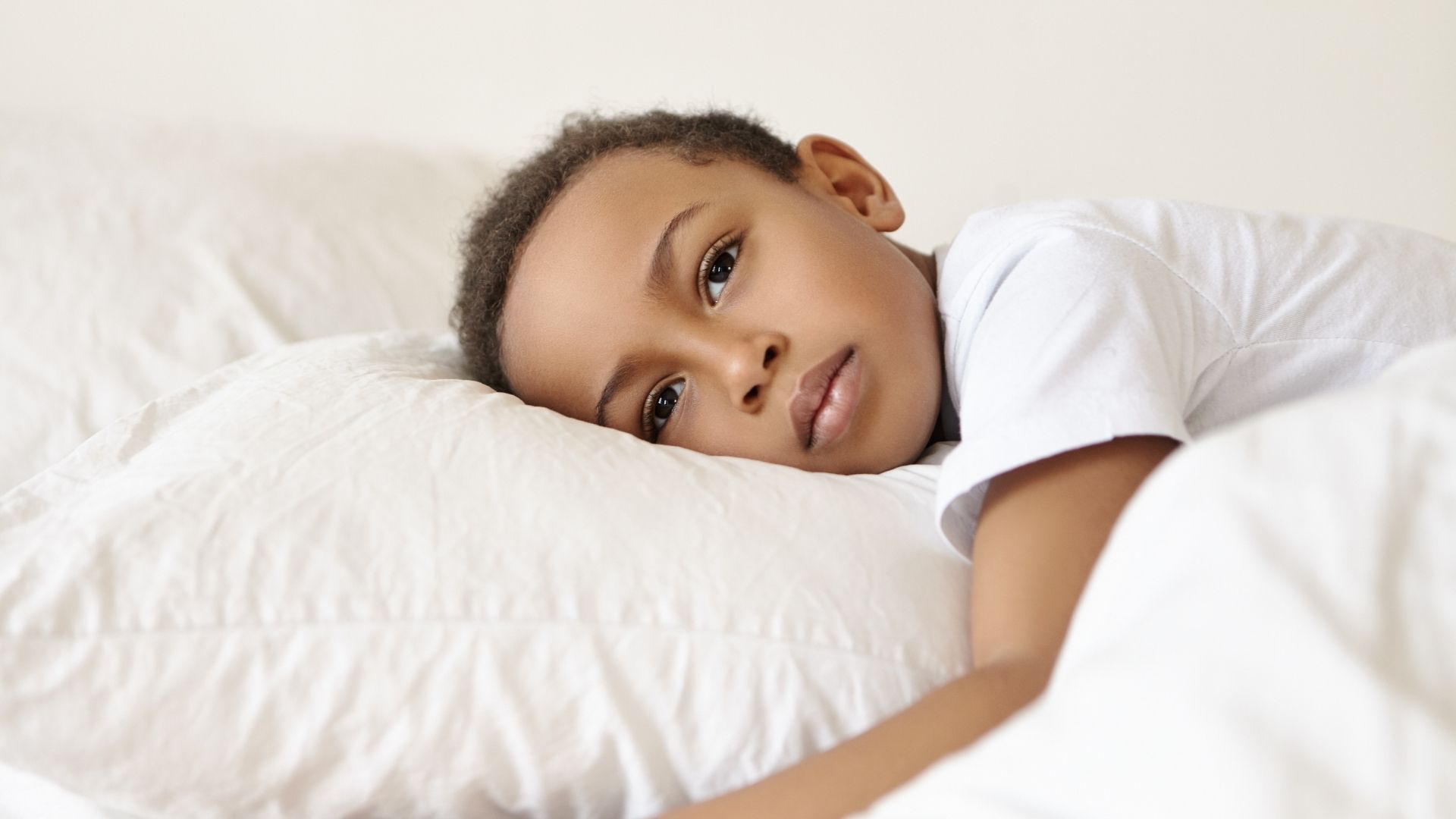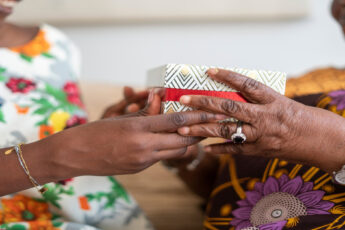There are different sicknesses and illnesses that could cause your child to need oxygen therapy. If your child hasn’t been diagnosed with a sickness or illness that affects breathing but you’re unsure that they’re getting enough oxygen, there are certain symptoms you can look for. Keep reading to learn how to know if your child needs oxygen therapy.
Increased Breathing Effort
When children breathe normally, their chests and diaphragms should expand and contract easily. Their breathing should be quiet and take little to no effort unless they’re physically exerting themselves. If their breathing becomes louder and more labored even during non-laborious activities, they may need oxygen therapy. You can tell that your child is putting more effort into breathing if they’re sucking in at the neck, ribs, or stomach when they inhale. Another sign is if they’re using their stomach muscles to forcibly exhale.
Other Breathing Difficulties
Other than increased breathing effort, there are other breathing difficulties that children in need of oxygen therapy may experience. You may notice increased coughing, wheezing, and struggling with chest congestion. They may also become short of breath or start breathing hard in unnecessary situations. If this happens outside of scenarios such as physical exertion or a rapid temperature change, they may need more oxygen. Their doctor may recommend a portable oxygen machine that can deliver either pulse dose or continuous flow oxygen to address these breathing difficulties.
Appetite Changes
While a normal appetite can change as your child grows, severe, unexplainable changes can signal that your child has an unmet health need, including oxygen therapy. Babies on a feeding schedule may require fewer feedings and eat less during those feedings. Older children can also experience a loss of appetite, not wanting to eat snacks or meals, even when it’s food they used to find appealing. This is because lower oxygen levels increase the hormone leptin in the body and high leptin levels suppress appetite.
Activity Changes
Children and adolescents should be intensely physically active for at least an hour every day. This activity should elevate their heart rates, build their muscles, and strengthen their bones. Younger children between the ages of 3 and 5 should also be active, but you can split up this activity throughout the day. When children aren’t getting enough oxygen, they may not be able to participate in these activities, appearing tired or drowsy despite getting enough sleep. Even if they can participate, they may struggle to catch their breath more than their peers do during the same activities. If you notice that your child is extremely tired despite getting good sleep or struggles to keep up with their peers during physical activities, then they may need oxygen therapy.
Increased breathing effort, breathing difficulties, appetite changes, and activity changes can all indicate that your child needs oxygen therapy. If your child experiences any of these symptoms, you need to see a licensed physician as soon as possible to receive the proper diagnosis. Your child will be able to receive the oxygen therapy that they may need.








Leave a Reply